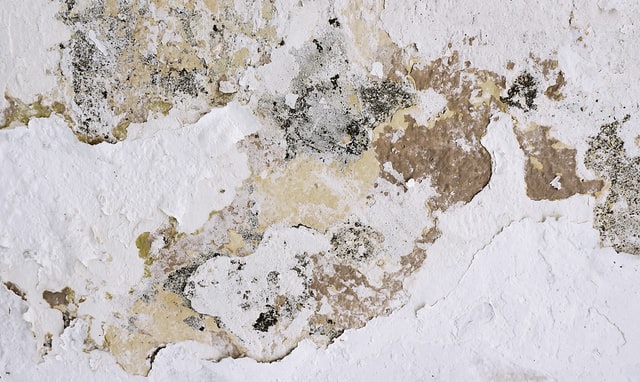Do You Think You Have Mold in Your Home?
In Southwest Florida, mold can thrive inside your home year-round, flourishing in our warm, humid, and tropical climate. We all love our tropical weather, sunshine, and beaches. Along with our beautiful winters, we have long, hot, and humid summers, perfect conditions for mold growth. It doesn’t take a natural disaster, such as water damage from a flood or hurricane for mold to grow. Mold can grow due to excess humidity, condensation, or small water leaks. Mold needs moisture, humidity, warm temperatures, oxygen, time, and organic materials to feed on to grow. With summertime temperatures exceeding 90 degrees, plenty of rain and high humidity, our climate provides the ideal conditions for mold to grow. Mold can grow at a fast and rapid pace. Once mold is present, it can spread through your home within 48 – 72 hours. There are different types of molds, and some are more dangerous than others. But all molds should be treated as dangerous and eliminated. That being said, where does mold commonly grow in your house? It is unlikely that mold is growing everywhere, but you can check the places where mold growth is common and take measures to prevent and remove it.
What are the Common Places to Check for
Mold Growth in Your Home?
Read on to discover the common places to check for mold growth in your home.
The Attic and Garage
Mold is commonly found in attics and garages. Leaks and condensation are common problems in both attics and garages in Southwest Florida. Mold can grow in vents, ducts, insulation, walls, ceilings, boxes, furniture and more. Once mold starts to grow it can spread to other areas of your home quickly. Check your attic and garage on a regular basis, paying attention to proper ventilation and leaks. The best way to protect your attic and garage from mold is to fix leaks as soon as possible and improve the air circulation.
The Bathroom
Another area prone to mold growth is the bathroom. From brushing your teeth to taking a shower, water is regularly used in the bathroom making it humid and moist. Moisture and humidity are two ingredients needed for mold growth. Surfaces that are not dried off will eventually produce mildew and subsequently turn into mold. There are different types of mold found in bathrooms, and some are more harmful than others. One of the most harmful mold types is black mold. Black mold will not go away and will get worse. From headaches to respiratory distress black mold is toxic. While black mold is not as common as other types of mold, it can show up in bathrooms. Cleansers with bleach can keep mold growth under control, unless you have black mold. Black mold should be handled by a professional mold remediation contractor.
The Kitchen
Like bathrooms, mold is commonly found in kitchens due to humidity and high levels of moisture. Mold is frequently found in the dishwasher, the blender, the microwave, the pantry, refrigerator drip pans, the backsplash, under the kitchen sink, under cabinets, on walls and ceilings, and more. One of the best ways to prevent mold in the kitchen is ensure your plumbing is functional and leak free, and that you are using the fan on your range hood when cooking to remove humidity from the air.
In Carpeting and Behind Wallpaper
Mold can hide in carpeting and behind wallpaper. The wallpaper in your home is at risk since mold feeds on the materials found in wallpaper and drywall. It is hard to determine if mold is growing behind wallpaper unless you peel the wallpaper back and inspect the area. Carpeting is another common area for mold to grow. From spills to pet accidents, carpeting is exposed to moisture and will soak it up. By the time you notice a problem, mold has been growing for a while.
Mold Warning Signs
There are several warning signs that mold may be growing and multiplying in your home. First and foremost, mold can typically be seen and smelled. If an area of your home consistently smells musty, chances are you have mold in that area of your home. In some instances, you can pinpoint the exact location and remove the mold. If the mold is unreachable, a professional would need to be called in to remove the mold. Learn More Here >
For More Information about Common Places to Check for Mold Growth in Your Home, Contact Southwest Restoration
If mold is present in your property, you need to have the mold removed as soon as possible. At Southwest Restoration we provide 24-hour emergency water removal and mold remediation and removal. Our team consists of state licensed professionals who are highly trained, experienced skilled technicians in handling even the most severe mold situations. We have the most advanced mold inspection equipment and techniques to find the source of moisture and mold growth and then remove all molds to restore a 100% healthy environment with 100% customer satisfaction. Don’t Gamble with your Health and Well-Being! Call Southwest Restoration today.
Our Services Include


